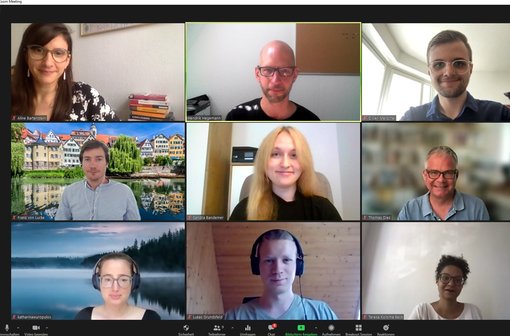Difficult farewell after almost 40 years
The decision to discontinue S+F was not an easy one. But ultimately there was no alternative. The rapid development of new and increasingly digital publication formats in recent years has shown that political analyses and background reports have to be communicated differently today. But we have every reason to leave the stage with a good feeling: For almost four decades, the magazine has enriched security policy debates in Germany, been an important source of inspiration, identified trends and set new topics. The last issue, edited by Ursula Schröder, reflects this.
Review and outlook at the same time
In her introductory theoretical contribution, Sabine Jaberg lays out momentary changes in the relationship between peace and security. Against the background of current incidents in the Bundeswehr, Hans-Georg Ehrhart discusses the role of Baudissin's concept of internal leadership, which is needed today more than ever. Anna Geis examines the role of the public sphere and participation on the basis of new citizen participation procedures in German foreign and security policy. Hendrik Hegemann asks how the visible trend toward the politicization of security affects the form and content of democratic politics. Christine Hentschel and Ursula Schröder conclude by presenting a research agenda for the democratization of security that focuses on an infrastructure perspective.
From Bundeswehr concepts to NATO strategy - the wide range of topics covered by S+F
Barbara Kunz kicks things off with an article on the return of big questions in European security and defence policy. She argues that political debates on issues such as deterrence policy, national defence, and the future of NATO are currently more important for European security than ever before, even if they may be uncomfortable from a peace research perspective. Michael Brzoska discusses current research findings on the relationship between climate change and violent conflicts. He shows how insights gained on conditioning factors and scope for action can be used to mitigate or prevent the escalation of violence in the wake of climate change. Hans-Joachim Gießmann draws lessons from previous experience with peace negotiations in intra-state conflicts for the current Afghan peace process. He shows that peace negotiations, peace dialogues and peace mediation each offer great potential for ending intra-state wars in the long term, but that they also carry a high risk of failure if pursued alone.
Patricia Schneiders contribution is also available via open access and takes the issue of sea rescue in the Mediterranean as an example to discuss dilemmas of European migration and border policy as well as options for the future. She explains the various conflicts and discourses surrounding the issue of sea rescue and backs up her arguments with current facts and figures.
Significant role in the German publishing landscape
To pay tribute once again to S+F's many years of publication activity, the last two articles by Patricia Schneider and Lothar Brock shed light on S+F's influence on the security policy debate in Germany and explain the journal's role in the German publication landscape of peace and conflict research.
Many contributions to the current issue of S+F are freely accessible via open access.





